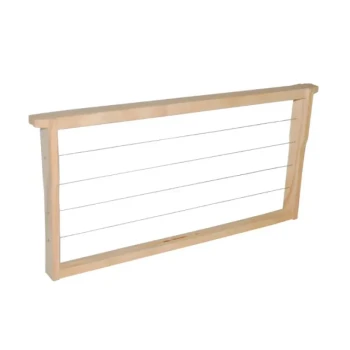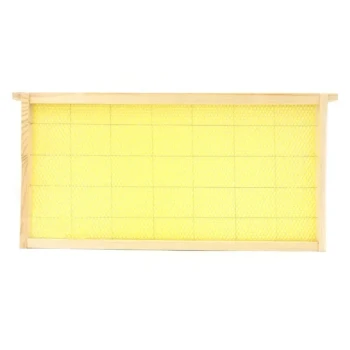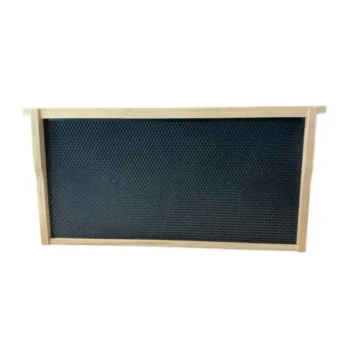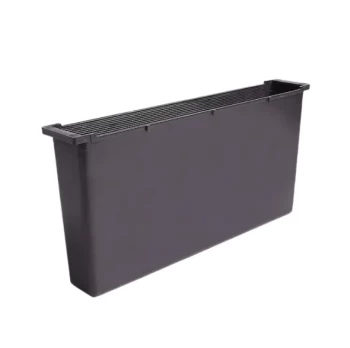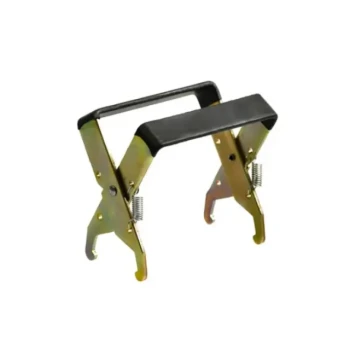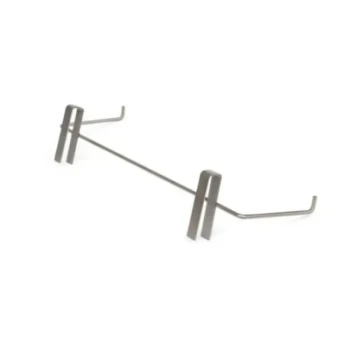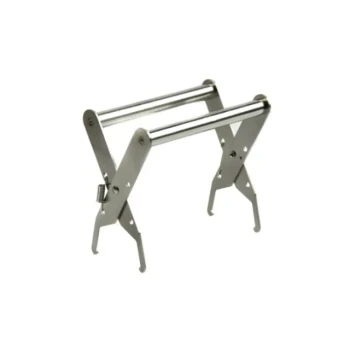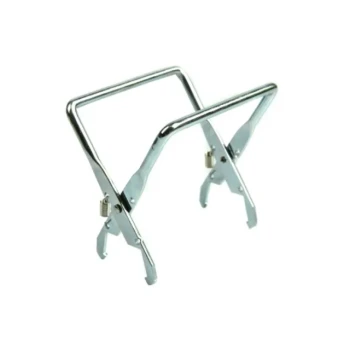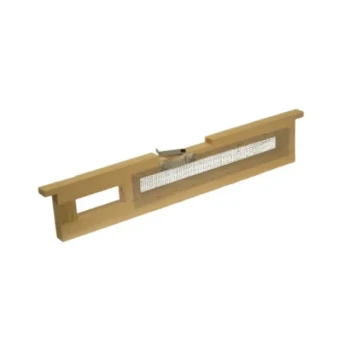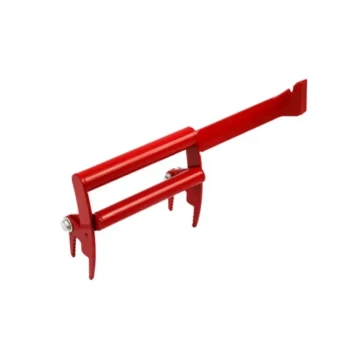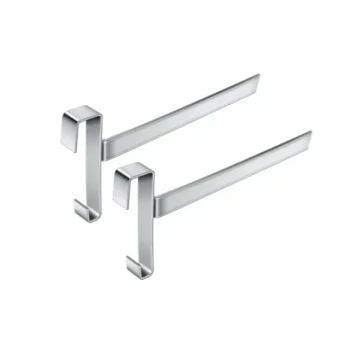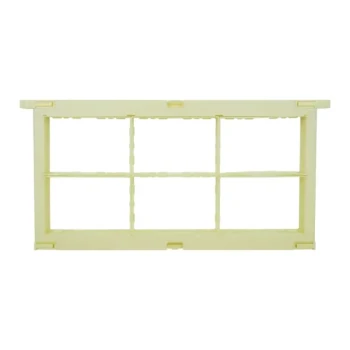When inspecting a bee frame, you are primarily analyzing the queen's performance and the colony's overall health. A healthy frame will show a compact and consistent brood-laying pattern, have adequate food stores of honey and pollen, and contain all stages of bee development—from eggs to capped brood.
A bee frame is not just a structure; it is a direct report on the hive's internal condition. Learning to read it correctly allows you to assess the colony's health, diagnose problems, and understand its needs at a glance.
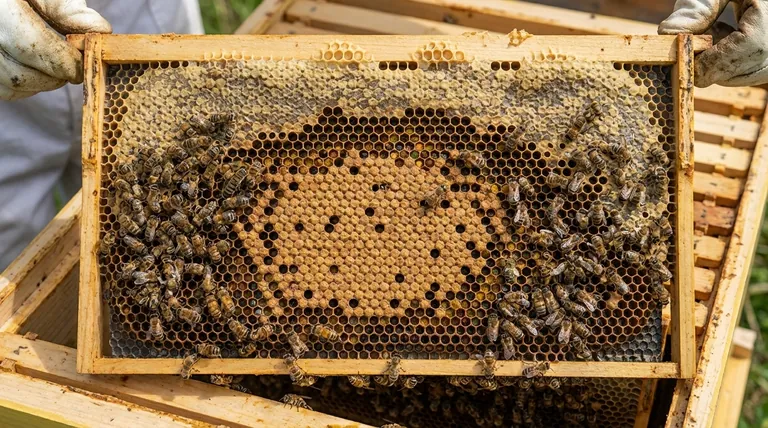
Decoding the Brood Pattern
The most critical information on a frame is found in the brood nest, which is the nursery for all future bees. The pattern of this brood tells you almost everything you need to know about your queen.
What a Healthy Pattern Looks Like
A productive, healthy queen lays eggs in a tight, concentrated pattern. You should see a solid patch of capped brood with very few empty cells in between.
This compact "wall-to-wall" brood indicates a queen with excellent fertility who is laying consistently, a sure sign of a thriving colony.
Signs of a Problem
A "spotty" or "shotgun" brood pattern, with many empty cells scattered among capped cells, is a red flag. This can signal an aging or failing queen, or potential disease issues.
Irregular patterns suggest the queen is either infertile, laying unfertilized eggs, or that larvae are dying after the eggs hatch.
Identifying All Life Stages
A healthy frame should ideally contain all stages of bee development. Look closely for tiny, rice-like eggs at the bottom of cells, small, white, curled larvae swimming in royal jelly, and finally, the tan-colored capped brood (pupae).
Seeing all stages confirms the queen has been present and laying consistently over the last three weeks.
Assessing the Colony's Resources
Beyond the brood, a frame reveals how well-provisioned your colony is for the future. Bees organize their frames with logical precision, storing food where it is needed most.
Honey and Pollen Stores
Frames in the center of the hive are typically for brood. These frames will often have a "honey arch"—a band of capped honey along the top edge for easy access.
You will also find cells packed with colorful pollen, known as "bee bread." This is the colony's protein source, and it is almost always stored in a ring directly around the brood nest to feed the developing larvae.
The Purpose of Outer Frames
The frames on the far ends of the hive box serve as the main pantry. These should be heavier than the brood frames.
Ideally, these frames will be dedicated to storing surplus honey and large reserves of pollen, acting as the colony's primary food supply.
Understanding Common Variations
Not every frame will be a perfect textbook example. Understanding the context of what you see is crucial to avoid misdiagnosing a healthy hive.
Don't Panic Over Minor Gaps
It's normal to see a few empty cells in a brood pattern. These are often cells that have just been cleaned after a bee has emerged and are being prepared for the queen to lay in again.
Perfection is rare; focus on the overall trend of the pattern, not a handful of empty cells.
Drone Brood vs. Worker Brood
Drone brood (for male bees) is easily identifiable by its larger cell size and distinctly domed, bullet-shaped cappings.
It is normal to find patches of drone brood, especially on the periphery of the main brood nest. An excessive amount, however, could indicate a problem.
The Physical Frame Itself
While the contents are most important, the physical condition of the frame matters for long-term management. Ensure the wood is not warped or broken and that the foundation is securely in place.
High-quality frames provide a reliable structure that will not fail during inspection or extraction.
Making the Right Diagnosis
Your goal during an inspection determines which signs are most important. Use this guide to focus your attention.
- If your primary focus is queen health: Look for a solid, compact brood pattern with eggs and young larvae present.
- If your primary focus is swarm prevention: Check for the presence of queen cells (large, peanut-shaped cells) along the frame's bottom or sides.
- If your primary focus is winter readiness: Assess the outer frames to ensure they are heavy with capped honey.
Reading a frame correctly is the most fundamental skill in beekeeping, transforming you from someone who keeps bees into a true beekeeper.
Summary Table:
| Inspection Area | Healthy Signs | Warning Signs |
|---|---|---|
| Brood Pattern | Compact, solid patch of capped brood | Spotty, scattered pattern with many empty cells |
| Life Stages Present | Eggs, larvae, and capped brood visible | Missing stages, indicating inconsistent laying |
| Food Stores | Honey arch on brood frames; outer frames heavy with honey and pollen | Low food reserves on outer frames |
| Drone Brood | Small, normal patches on periphery | Excessive amounts, potentially indicating issues |
Elevate your beekeeping operations with HONESTBEE.
As a commercial apiary or beekeeping equipment distributor, consistent, high-quality equipment is the foundation of a healthy, productive hive. Our wholesale-focused operations supply durable, reliable bee frames and beekeeping supplies designed for rigorous commercial use.
Partner with HONESTBEE to ensure your colonies have the best foundation. We provide the equipment you need to efficiently monitor hive health and maximize honey production.
Contact our wholesale team today to discuss your supply needs and request a catalog.
Visual Guide
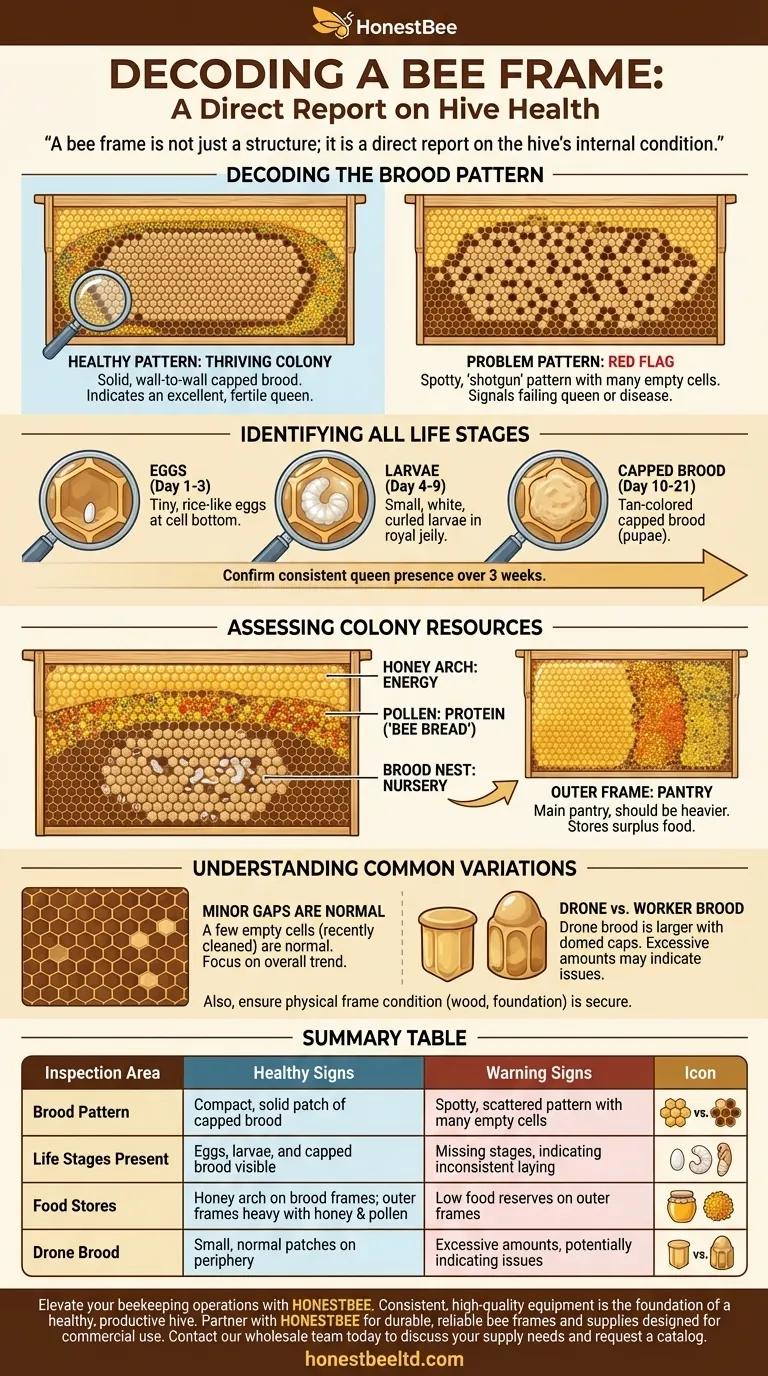
Related Products
- HONESTBEE Wired and Assembled Wooden Bee Frames Foundation for a Thriving Hive
- Assembled Wooden Bee Frames with Beeswax Foundation Ready to Use by HONESTBEE
- Assembled Wooden Bee Frames with Plastic Foundation for Durability and Convenience by HONESTBEE
- Professional In-Hive Bee Feeder HONESTBEE Frame for Beekeeping
- Durable Rubberized Comfort Handle Frame Grip
People Also Ask
- How do wooden frames perform during honey extraction? Superior Rigidity for a Smoother Harvest
- How should you dry bee frames after cleaning? Prevent Warping and Ensure Hive Health
- Can I reuse old frames? A practical guide to saving money and reducing waste
- How many frames fit in a 10 frame hive? A Guide to Maximizing Your Hive's Potential
- How long do bee frames last? A Guide to Lifespan and Replacement for Healthy Hives
